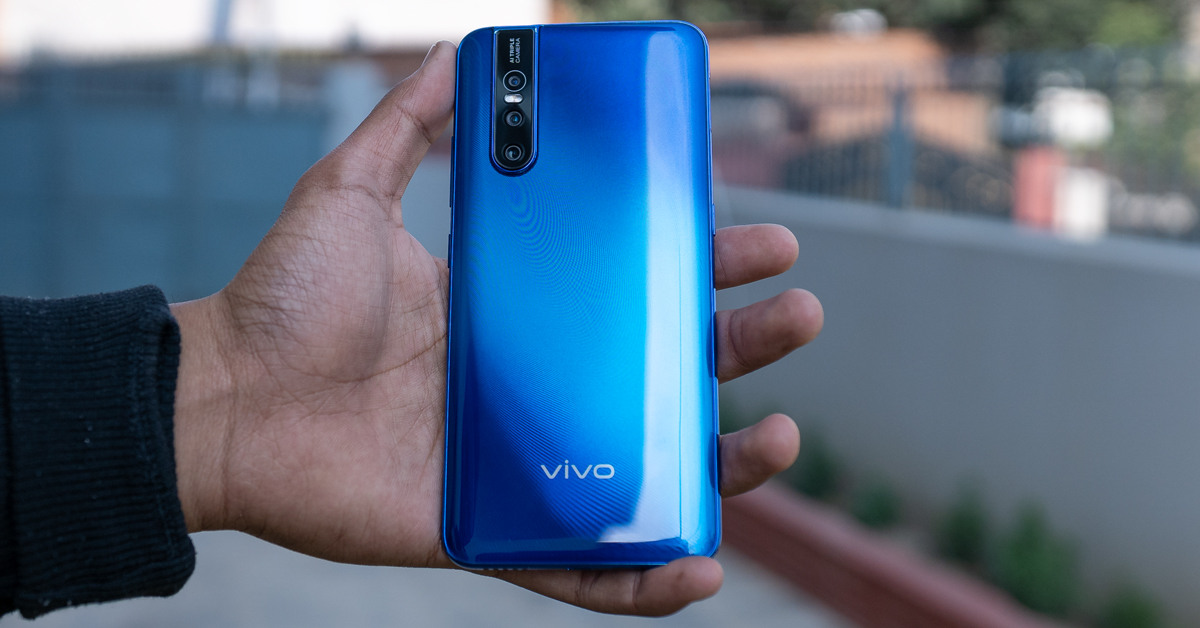
With the modern smartphones trying so hard to give us the bezel-less experience, I sometimes, wonder, where is this going to end. We’ve seen some pretty crazy stuff over the years. It all started with the Essential phone giving us the notch and iPhone X making it a trend! Even Samsung, the company, who mocked Apple for their notches, has given in and introduced notches on their low and mid-range phones. And as much as phones adopted that, they’re now trying their best to remove it.
So, at present, we have from water-drop notches to punch-hole displays, to these pop-up cameras! Vivo was the first that brought us these, first in the Vivo Nex S. The OPPO Find X, followed suit with sliding cameras, but seems like Pop-up cameras are easier, as the F11 Pro adopted it. Plus, phones are also moving to in-display fingerprint sensors. And with that, they are also getting expensive. Vivo’s V-series used to cost less than $300, and now, they cost upwards of $400. So, if it isn’t clear, the prices we pay for the “innovation” are increasing. But do we really need them? Is the price just for these gimmicky features, or is there something else, too? Let’s find out in this review of the Vivo V15 Pro.
Vivo V15 Pro Specifications:
- Design: Plastic Black with glossy finish, Aluminum frame, dual-tone gradient color
- Display: 6.39″ Super AMOLED panel, Full-HD+ resolution (1080 x 2316 pixels), 19.5:9 aspect ratio
- Rear Camera: Triple, 48 MP primary with f/1.8 aperture and PDAF + 8 MP Ultra-wide-angle lens with f/2.2 aperture + 5 MP depth sensor
- Front Camera: Motorized pop-up module, 32 MP lens with f/2.0 aperture
- Processor: Octa-core Qualcomm Snapdragon 675, 11 nm technology
- GPU: Adreno 612
- RAM: 6 GB
- Storage: 128 GB internal, expandable up to 256 GB via microSD card (dedicated slot)
- OS: Android 9.0 Pie with FunTouch OS 9.1
- Sensors: Fingerprint (under display), accelerometer, gyro, proximity, compass
- Battery: 3700 mAh, 18W Dual-Engine Fast Charging
- Price: Rs.52,490 / $407 (international)
Design
The design you see on this one is not new by any means. With a smooth texture, curved edges and tapered sides with the dual-tone gradient coloring on a glass-looking plastic body, it’s getting pretty boring. I mean, it’s not bad. It does look good, but we’ve been seeing it on almost all new phones these days, that it’s getting tiring now. The triple camera setup at the back also protrudes out quite a bit, which may not be to everyone’s liking.

The frame of the phone is aluminum, and it seems sturdy too. And even though the phone is large, its slim form factor makes it easy to hold. However, one-handed usage can be a bit of a struggle, due to its size. All the buttons are on the right – both power and volume buttons. And you also get another button on the left – to trigger the Vivo’s own digital assistant – Jovi. Okay, we are clear about our dislike of the Bixby button on Samsung, and the same goes for this one too! At least, this one can be remapped to Google Assistant. So, not all that useless, but, redundant still.
The headphone jack is at the top, while the bottom houses the speaker grill and a micro USB port. Yup…still micro USB in 2019 – on a higher end mid-range device. But it is what it is. So, Vivo, if you’re listening, its high time for you to change that. There is the dual SIM slot at the bottom and a microSD card slot on the left.
Let’s also address the elephant in the room…the pop-up selfie camera. With it tucked neatly inside the body, the phone is bezel-less and has the true edge-to-edge display. When you want to use it, it comes out pretty fast, with cool sound effects too!
Nobody asked for motorized parts on their smartphone. But it’s here, anyway. And what worries me is that its easy to get dirt or water inside, and that might break the motor. Many times, you’ll even find dust already accumulating on the camera when you trigger it. Needless to say, it is not IP certified. And while it may be fun to play with the pop-up camera in the beginning, it does get boring pretty fast.
However, if you’re worried about how durable the motor is, Vivo claims that it is good for around 300,000 pop-ups. So, if you even use it for like 100 times a day, you’re still good for about 8 years!
Display
This phone is a successor to the Vivo V11 Pro, but the display size on it has gone down slightly. It features a 6.39” Super AMOLED display with a Full HD+ resolution! And the display quality is great! As I said, a true edge-to-edge display without any notches or cutouts or bezels with deep blacks and vibrant colors of AMOLED. Actually, there are a very minimal amount of bezels but are negligible. So, what’s not to like?
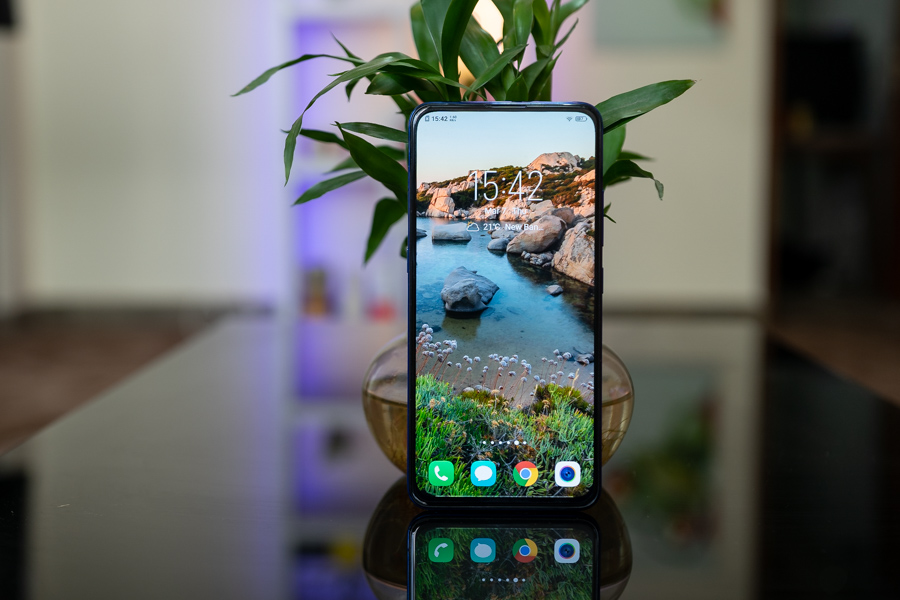
The lack of an LED notification light! Yes, that tiny detail matters. It has been absent since the Vivo V11 Pro, and I guess it won’t be making a comeback. There is an always-on display to make up for it, but that won’t really show you all the notifications you get, which is strange and needs to be fixed.
Its In-display fingerprint sensor rests at the bottom, which lights up when you lift the phone. And the sensor is as good as Optical Fingerprint sensors go – a bit slower than your traditional physical fingerprint sensors and works only 8 times out of 10. But the viewing experience on this screen is not something you’ll find on most phones these days.
Camera
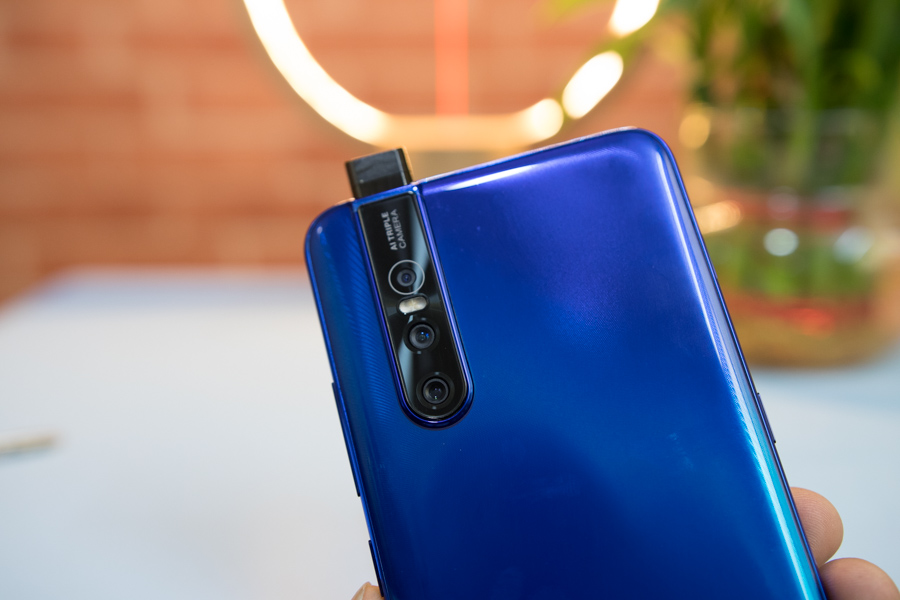
The triple camera setup at the back consists of a 48 MP primary camera, an 8 MP ultra-wide lens and a 5 MP depth sensor. However, the 48 MP camera uses a Quad-Bayer filter, so, it uses pixel binning to get 12 MP images with plenty of details and less noise. As expected from a Vivo higher-end mid-range device, the camera will not disappoint you in any way. I was thoroughly impressed by its ability to capture details and its sharpness.
Colors pop out, and are quite accurate as well…in good lighting. However, indoors, they do appear a bit cooler and have a bluish tint to them. Of course, if you want to make it vibrant, there’s always the AI mode, but that can give you some exaggerated colors. So, use it according to necessity and preference.
Portrait images are also good. Edge detection, as usual, works good enough. The subject and background are perfectly distinguished at first look. Upon zooming in, you can notice slight distortions in the areas like hair and stuff. A cool feature is that the portrait images come with a set of effects that can be applied to spice up your images. There’s a rainbow effect, something called a “Loop light” and “Stereo Light”, which I don’t understand, but there is a difference between normal portraits and them if you look closely. What I like are the rainbow and monochrome effects. However, the monochrome’s edge detection seems a bit unpolished.
The ultra-wide lens is a welcome addition. It comes in handy while capturing sceneries, and also while taking group shots. Image quality on the ultra-wide lens is also good enough but doesn’t pack as many details as the primary. That is, a given, but these images also seemed pretty color accurate to me.
There are also night shots, which, of course, mean long exposure shots. But while they work most times, sometimes, you’ll be better off without them.
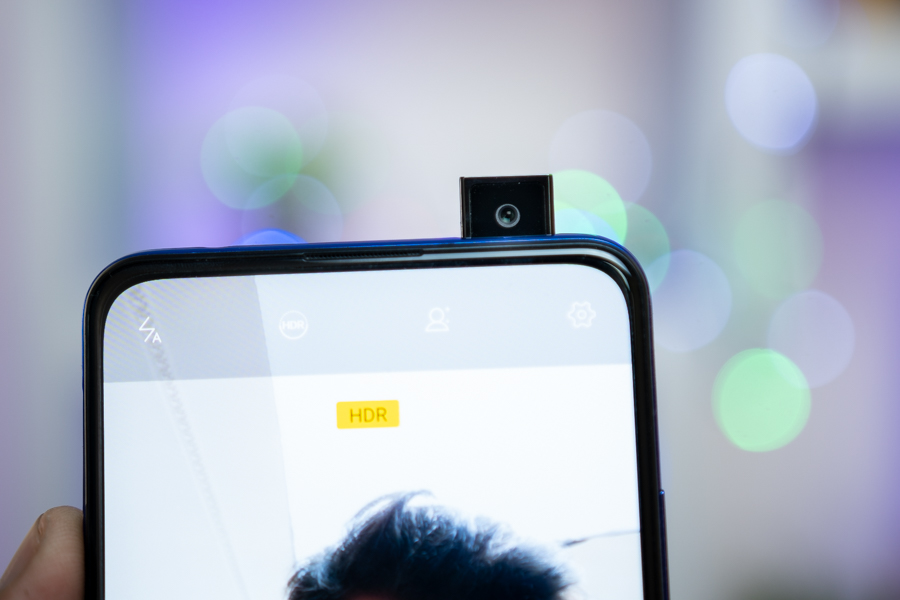
Okay, let’s get to the selfies! And pop it goes…By that, I mean, selfies on the 32 MP Pop-camera are great – they pack details, and are sharp. But it shares the same problem as the Vivo V11 Pro. Even without the Beauty mode off, you cannot get natural selfies. The camera tends to smoothen your skin, and makes you look “made-up”. If you turn the AI Beauty mode on, then, be prepared for a whole new level of artificiality. So, if you don’t like the selfie camera, I don’t blame you. I am not a fan of it either.
The AI Beauty mode here is buffed up. And by buffed up, I mean, it’s virtually like Photoshopping your face in real time. You can adjust almost all your facial features – from the forehead to jaws, to eyes, nose, and everything. Talk about fake tinder profiles!
You can also take 4K videos at 30 frames per second, but then again, with no image stabilization, the usability is limited. Plus, there’s also the Slow-mo, which is not Super slow-mo, but just a bit slow. Nevertheless, its an improvement over the V11 Pro.
For high-resolution camera samples, click here>>
Performance
The Vivo V15 Pro packs the Snapdragon 675 with 6 GB RAM inside. And that makes for a zippy performance. Being one of the first phones with a Snapdragon 675, it leaves most other mid-rangers in the water. The 675 is based on 11 nm architecture, unlike other 14 nm processors in the 600 series, and that has paid off.
Vivo V15 Pro Benchmarks
- Geekbench v4.3.2
- Single-core: 2397
- Multi-core: 6608
- AnTuTu v7:
- 179379
- 3D Mark
- Slingshot Extreme Open GLES 3.1: 1064
- Slingshot Extreme Vulkan: 1159
- PC Mark
- Work 2.0: 7571
- Andro Bench
- Sequential Read: 311.72 MB/s
- Sequential Write: 190.1 MB/s
Most tasks run super-fast. Apps load quickly, too, and it can keep them open in the background for a long time as well. Gaming on it also a lot of fun, because it is smooth, but mostly, because of the screen. The large end-to-end display really makes for a great gaming experience. PUBG runs on HD settings in high frame rates, and it runs without any hiccups or lags. Games like Asphalt 9 and Need For Speed have no problem running smoothly, either.
Facial Recognition is done through the pop-up selfie camera. There is no IR sensor like in the V11 Pro. So, it won’t work very well in the dark. The time taken by the selfie camera to pop-out and unlock your phone is also super-fast, when it works. But it can actually be annoying, because if you want to just look at the time, then, the camera pops out and tries to get a reading every time. So, you either have to turn it off, or have the always-on display, that eats up your battery. And yes, it has the same problem that the V11 Pro had. It can unlock your phone with Facial Recognition, even with your face half-covered! So, it still needs to work on that security front.
It runs on Android Pie but has its own FunTouch OS 9 on it. And we’ve said it before – this iPhone clone of a UI is not something to like. I mean, it makes for a half-baked iOS experience. There is plenty of bloatware, and no app drawer, as usual, but the good thing is that they added a search button for Settings. So, I guess, mild improvements are on the way.
Battery and Storage
As for the battery, this one comes with a good-sized 3700 mAh unit, and the battery life on it is fantastic. It lasts quite a bit, even with the Always-On display turned on. Maybe it’s the power-efficient chipset, but even with light gaming, frequent social media usage, and stuff, at the end of the day, you’ll still have about 40% remaining.
Also, you get the Dual Engine Fast Charging feature on it, but it stays the same as last years. It isn’t that impressive, as it does still take nearly 2 hours to fully charge, which is what most phones have these days. But the battery life makes up for that.
As for storage, you get a 128 GB internal storage, both in the base variant and one with 8 GB RAM. As much as that can be adequate, you also get a microSD card slot, so, no complaints on that front, either.
Conclusion
So, what do I think of the Vivo V15 Pro? Actually, my opinion about this phone remains unchanged from the Vivo V11 Pro. This phone, with its Pop-up selfie camera, triple rear cameras and the large bezel-less screen looks cool and futuristic. Maybe, pop-up cameras will be the trend now, as Oppo F11 Pro is also on this train. But besides that, has it really got it all?
Sure, the performance front is unparalleled against most mid-rangers, but there’s also the Redmi Note 7 Pro with similar performance, for cheap, without all the bells and whistles and half-baked extras. For a price of around $430, or Rs.52,490 in Nepal, is it really that compelling?
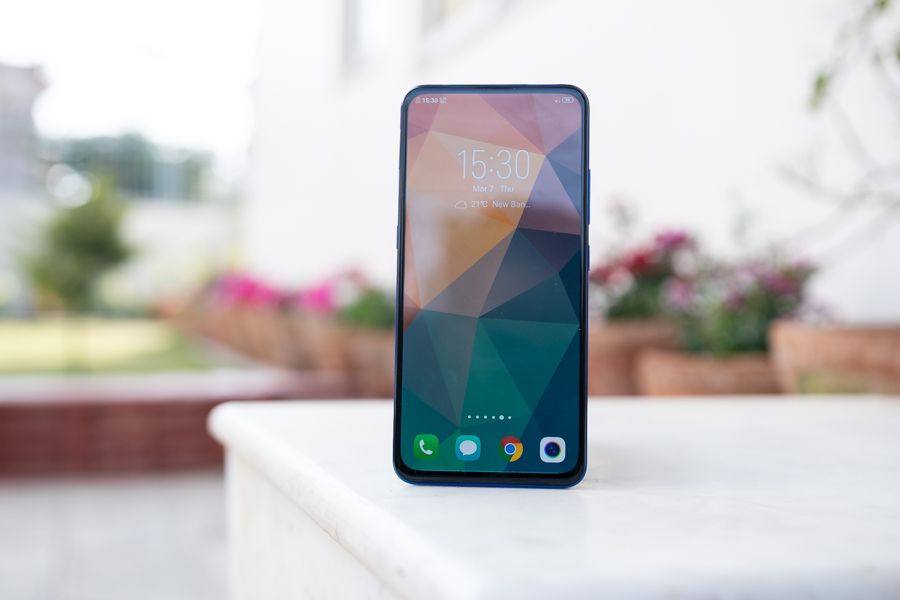
To those who love to have a ton of extra features at their disposal, and something to show off, or even a truly Infinity display, yes. Yes, it is. I, initially, liked this device a lot, but after using it for a while, I began to think, “do I really need all this?” I couldn’t decide, but maybe you can. If you think you want all of the bling, this looks like a good phone. But if you can do without this artsy-show-off stuff, there are other affordable options out there.
But the big question here is that, are Pop-up cameras the future? Is the true bezel-less design worth sacrificing your IP68 rating, if other phones adopt it, for instance? So, this question is open for debate. Do let us know your thoughts on this.
Pros
- Good design and Build
- Good rear camera image quality plus new portrait effects
- Great battery life
- Great Bezel-less display
Cons:
- Highly artificial selfies and beauty mode
- FunTouch OS
- Too many bells and whistles












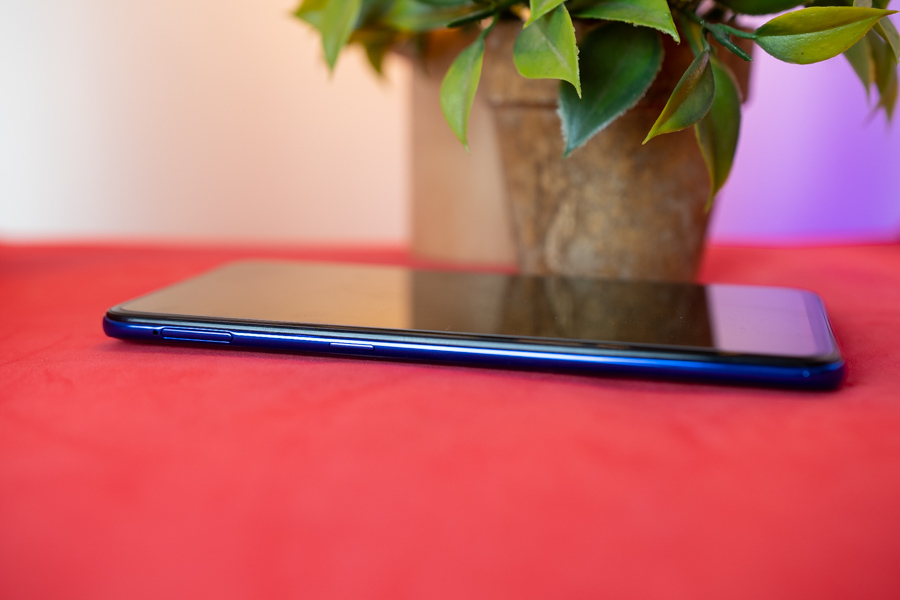






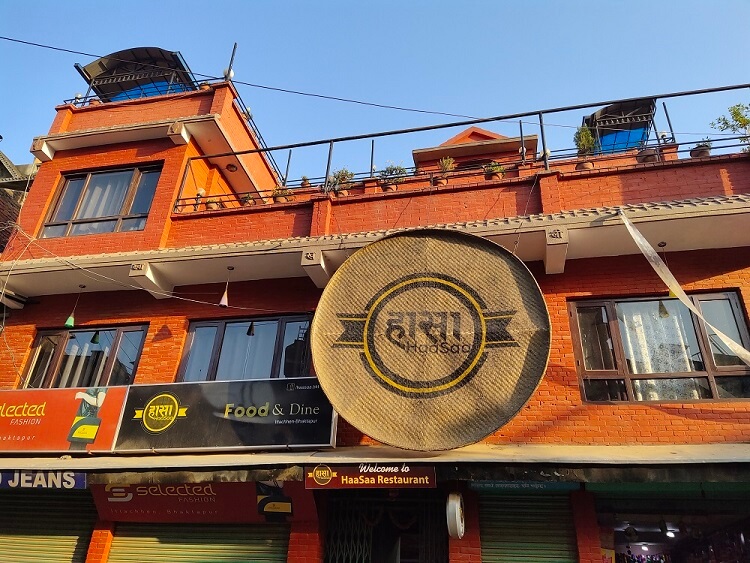


















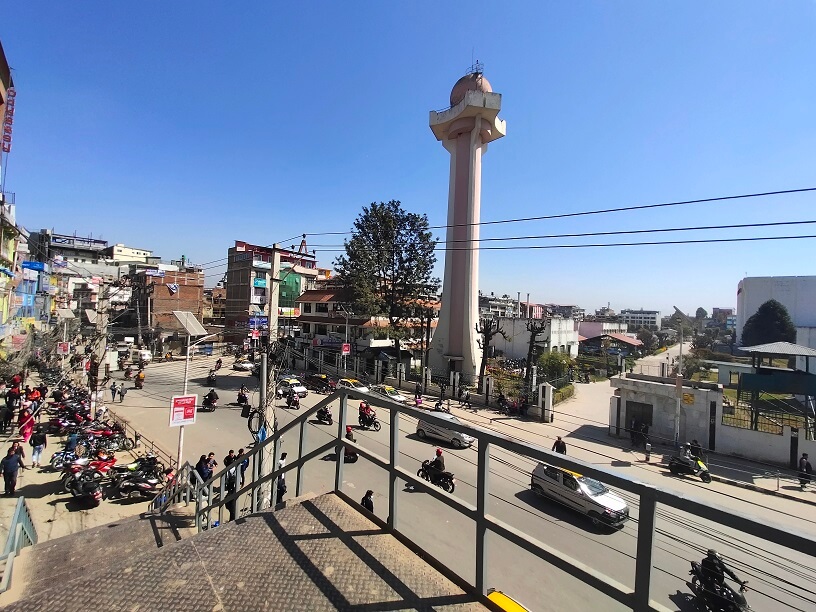


















![Best Mobile Phones Under Rs. 15,000 in Nepal [Updated] Best Phones Under 15000 in Nepal 2024 Budget Smartphones Cheap Affordable](https://cdn.gadgetbytenepal.com/wp-content/uploads/2024/03/Best-Phones-Under-15000-in-Nepal-2024.jpg)
![Best Mobile Phones Under Rs. 20,000 in Nepal [Updated] Best Mobile Phones Under NPR 20000 in Nepal 2023 Updated Samsung Xiaomi Redmi POCO Realme Narzo Benco](https://cdn.gadgetbytenepal.com/wp-content/uploads/2024/01/Best-Phones-Under-20000-in-Nepal-2024.jpg)
![Best Mobile Phones Under Rs. 30,000 in Nepal [Updated]](https://cdn.gadgetbytenepal.com/wp-content/uploads/2023/12/Best-Phones-Under-30000-in-Nepal-2024.jpg)
![Best Mobile Phones Under Rs. 40,000 in Nepal [Updated] Best Phones Under 40000 in Nepal 2024 Smartphones Mobile Midrange](https://cdn.gadgetbytenepal.com/wp-content/uploads/2024/02/Best-Phones-Under-40000-in-Nepal-2024.jpg)
![Best Mobile Phones Under Rs. 50,000 in Nepal [Updated] Best Phones Under 50000 in Nepal 2024 Smartphones Midrange](https://cdn.gadgetbytenepal.com/wp-content/uploads/2024/02/Best-Phones-Under-50000-in-Nepal-2024.jpg)
![Best Flagship Smartphones To Buy In Nepal [Updated] Best Smartphones in Nepal 2024 Flagship Premium Samsung Apple iPhone Xiaomi OnePlus Honor](https://cdn.gadgetbytenepal.com/wp-content/uploads/2023/09/Best-Smartphones-in-Nepal-2024.jpg)